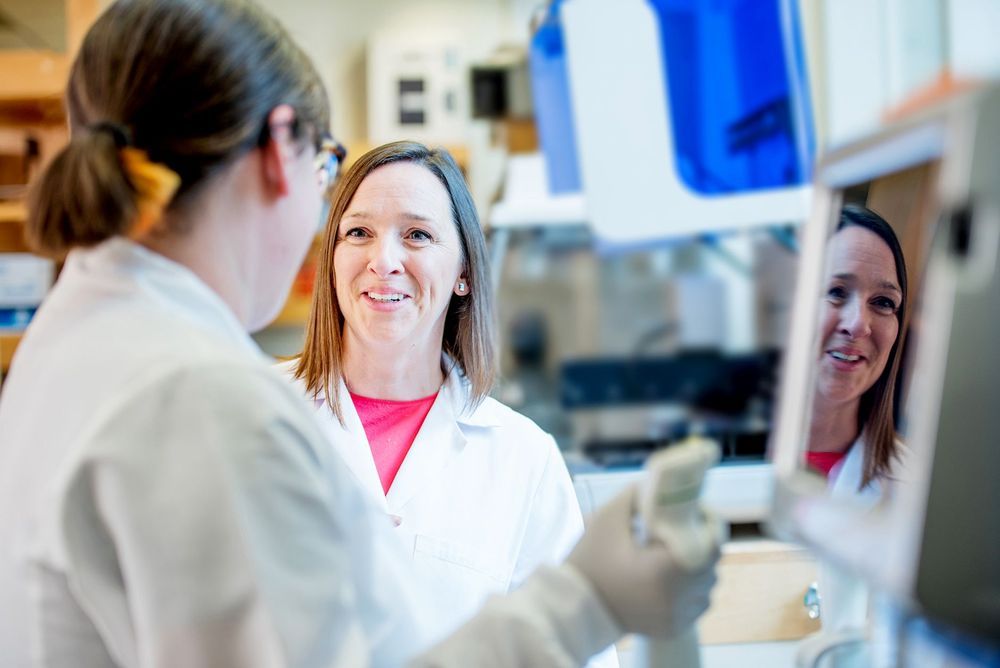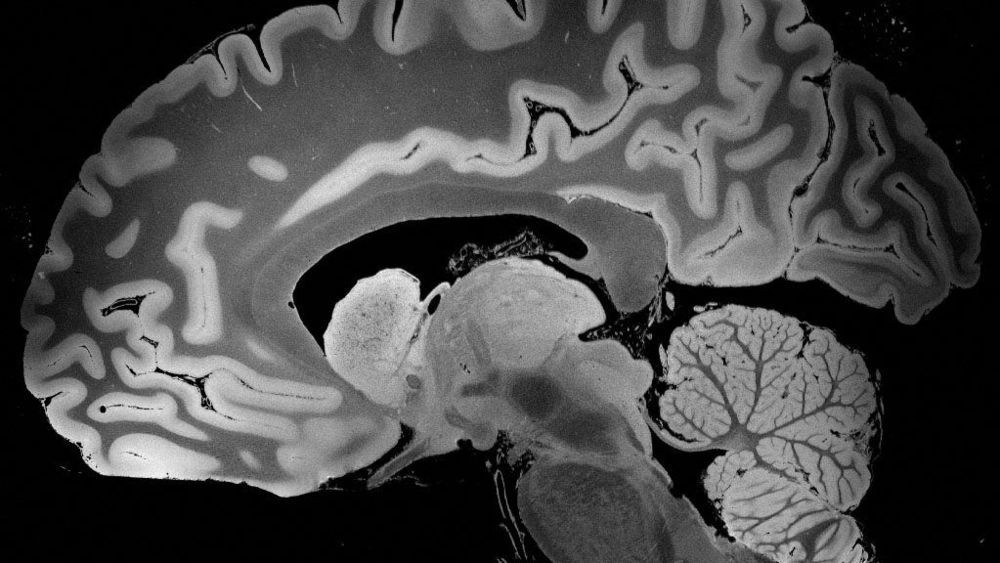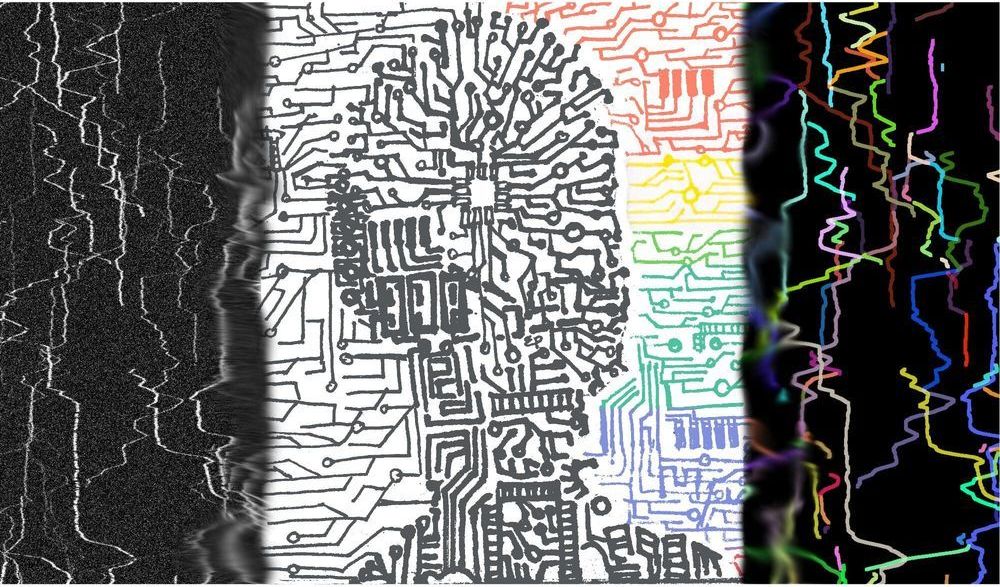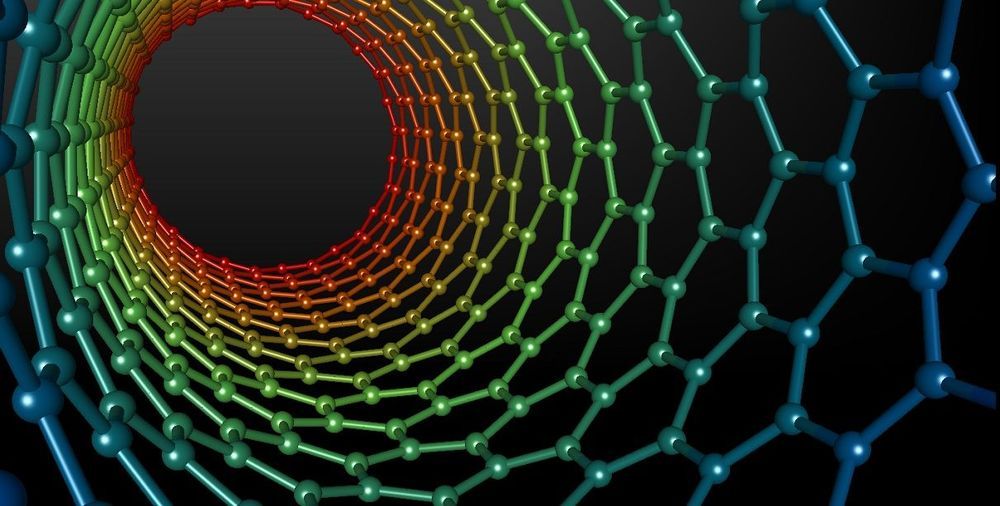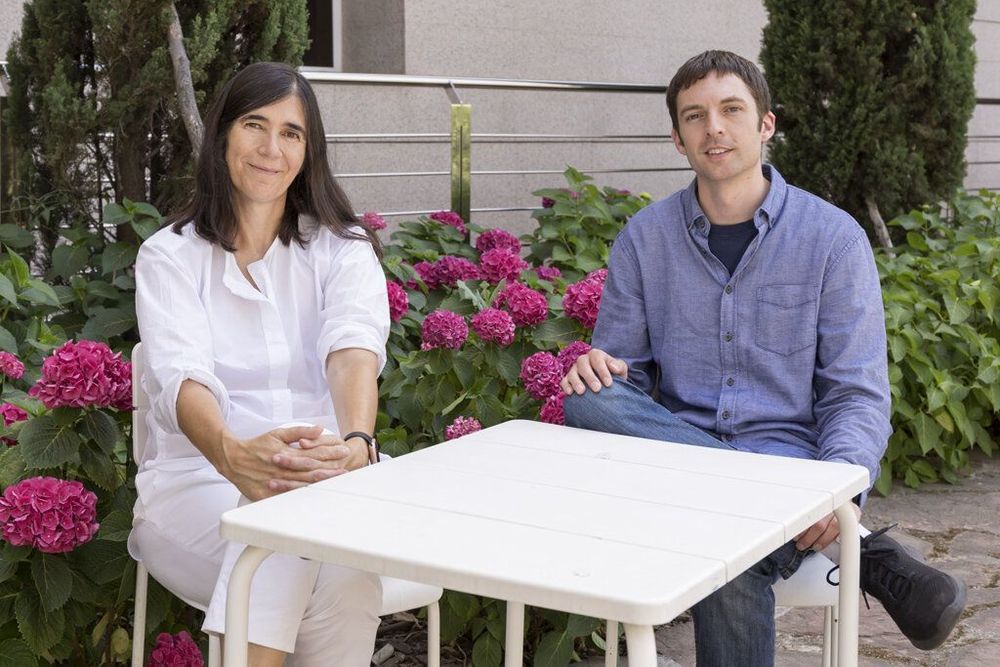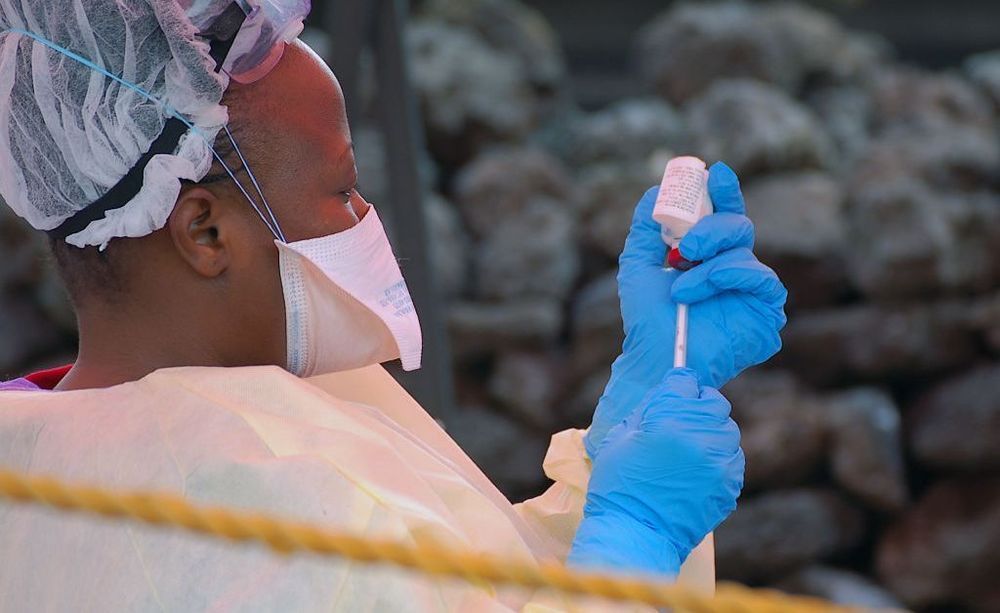Today, we’re releasing another keynote from Ending Age-Related Diseases 2019, our highly successful two-day conference that featured talks from leading researchers and investors, bringing them together to discuss the future of aging and rejuvenation biotechnology.
In his talk, Estimating the True Complexity of Comprehensive Rejuvenation, the famous Aubrey de Grey of SENS Research Foundation discussed the intricacies of creating a complete rejuvenation biotechnology framework, including the differing rates of age-related damage and the ramifications of the extensive crosstalk between different types of this damage.

